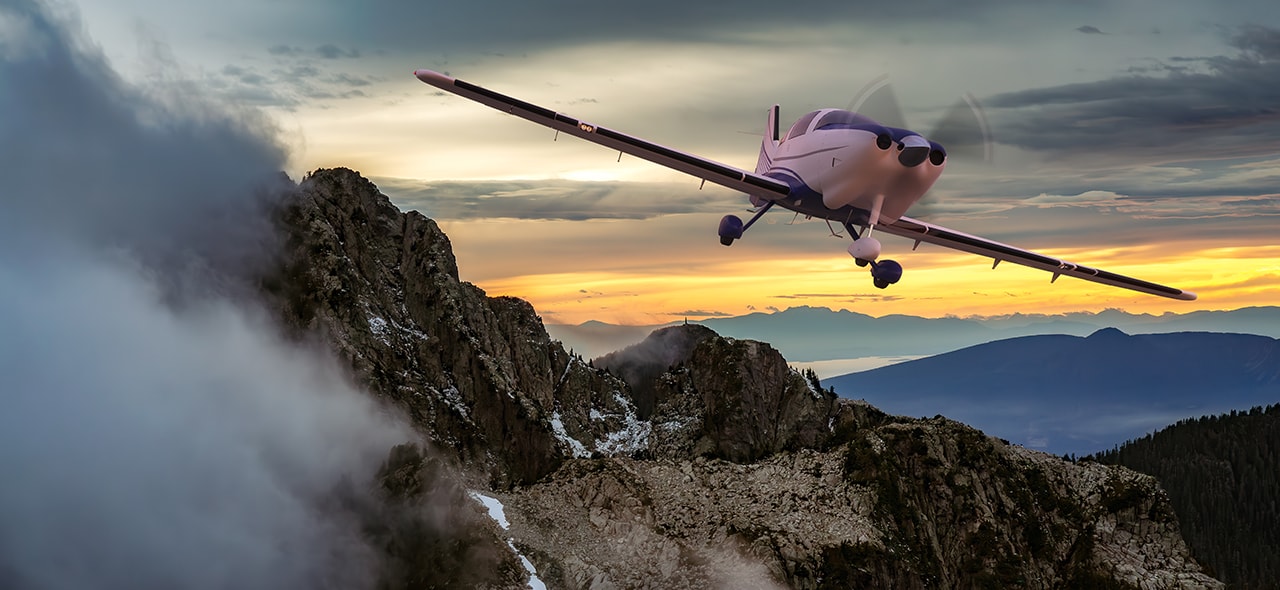Understanding Pilot License Cost Colorado: A Comprehensive Guide
Jan 20, 2025
Flight Training Overview
Understanding Pilot License Cost Colorado
Getting your pilot’s license in Colorado is an adventure and a thrill. But you need to know the cost. It’s between $5,200 and $12,000 depending on the flight school, training program and other expenses. This will walk you through the pieces of those costs so you can make informed decisions as you fly.
Pilot training Colorado provides students with a unique opportunity to train in one of the most scenic and challenging flying environments in the country. With stunning mountain views and diverse airspace, you can experience a training environment that helps you build both skills and confidence.
Many students opt for Colorado flight lessons, which offer specialized instruction in these picturesque and challenging conditions, enhancing their flying experience.
What is Flight Training?
Flight training is the journey of learning how to fly an aircraft. It involves both theoretical knowledge and practical experience, combining ground school education with actual flight time in the air.
Aspiring private pilots must complete a minimum of 40 hours of flight time. This includes 20 hours of flight instruction from a certified instructor and 10 hours of flying solo to gain hands-on experience.
For those who are still deciding whether to commit to full training, many flight schools offer an introductory flight. This allows potential pilots to experience flying firsthand with a certified instructor, giving them a taste of what flight training will be like without any long-term commitment.
Training typically takes place at a flight school, where students learn under the guidance of certified flight instructors. These instructors provide essential knowledge and skills needed to safely operate an aircraft.
A crucial part of flight training is spending time in a training aircraft, where students apply what they've learned in ground school to real-world flying scenarios.
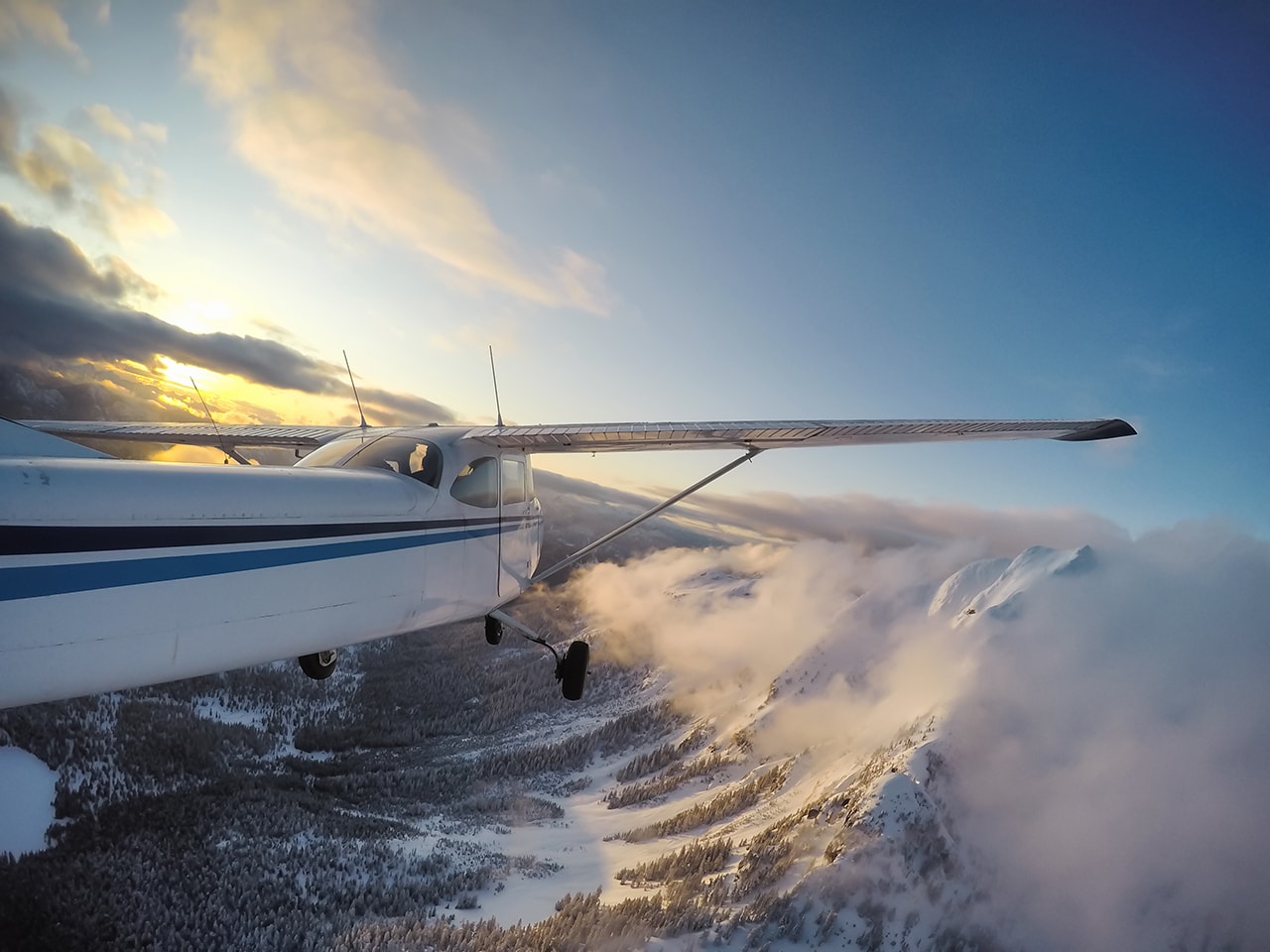
Choosing a Flight School charges
Part 61 vs Part 141 Flight Schools
Choosing the right flight school is key. There are two main types of flight schools: Part 61 and Part 141. Each has a different way of doing things and understanding the differences will help you make a better decision.
Part 61 flight schools are known for being flexible. They have less government oversight so they can customize their training to fit each student.
This is good for those who want a more personal approach or have a busy schedule. On the other hand, Part 141 flight schools have a more structured curriculum due to more regulations.
This is good for students who like a more structured learning environment and a clear step by step path to getting their pilot’s certificate.
When choosing a flight school, you should consider more than the type of school. Cost is a big one, location of the school, and types of aircraft for training are too.
Aviation schools in Colorado often offer specialized training programs, such as mountain flying and high-altitude operations, which could make them a unique option for students seeking specific flight experiences.
For those seeking peak aviation standards in their training, it's important to evaluate how these factors align with the quality of instruction and the long-term benefits of your pilot's journey.
These elements can greatly impact your overall learning experience and the total cost of obtaining your private pilot license.
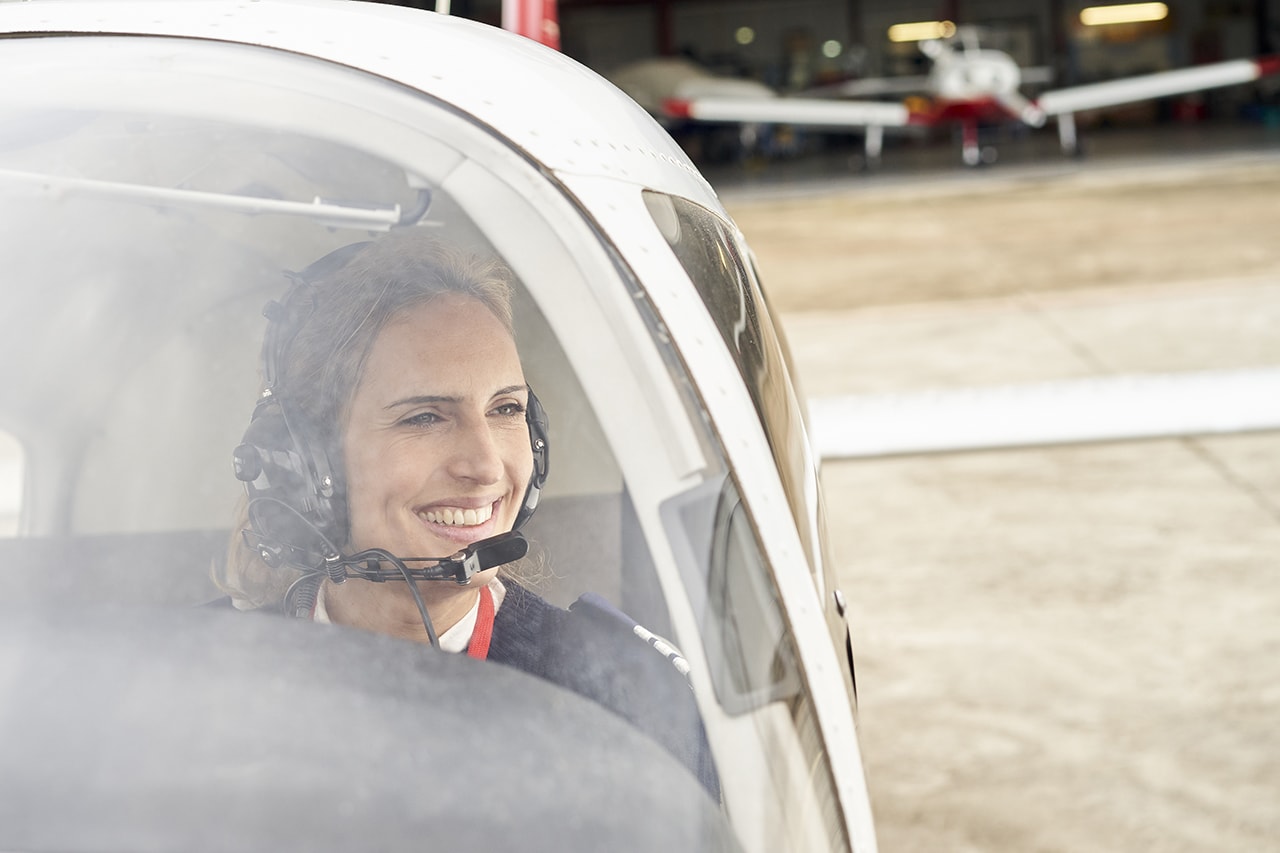
Flight Training Costs
Pricing Transparency and Options
Flight training costs vary greatly depending on the flight school you choose. Remember each school has different payment structures so your overall costs will be different. Some schools offer more flexible payment plans and others have a set pricing model.
When choosing a flight school look for those that are transparent with pricing. This means the school should break down all costs so you can budget. Options like pay as you go, or fixed cost programs will give you clarity and allow you to choose a plan that suits your financial situation.
Tuition fees are just the start. There are many other indirect costs associated with flight training you should factor in. Airplane rental costs will vary depending on the type of aircraft used for training.
Fuel costs are another big one as they can change and impact your budget.
When comparing your options, it’s helpful to keep the national average for flight training costs in mind. This will give you a benchmark to determine if the rates at your selected flight school are competitive or on the higher end.
By factoring all these in you will get a better idea of the total cost of your flight training and make a more informed decision.
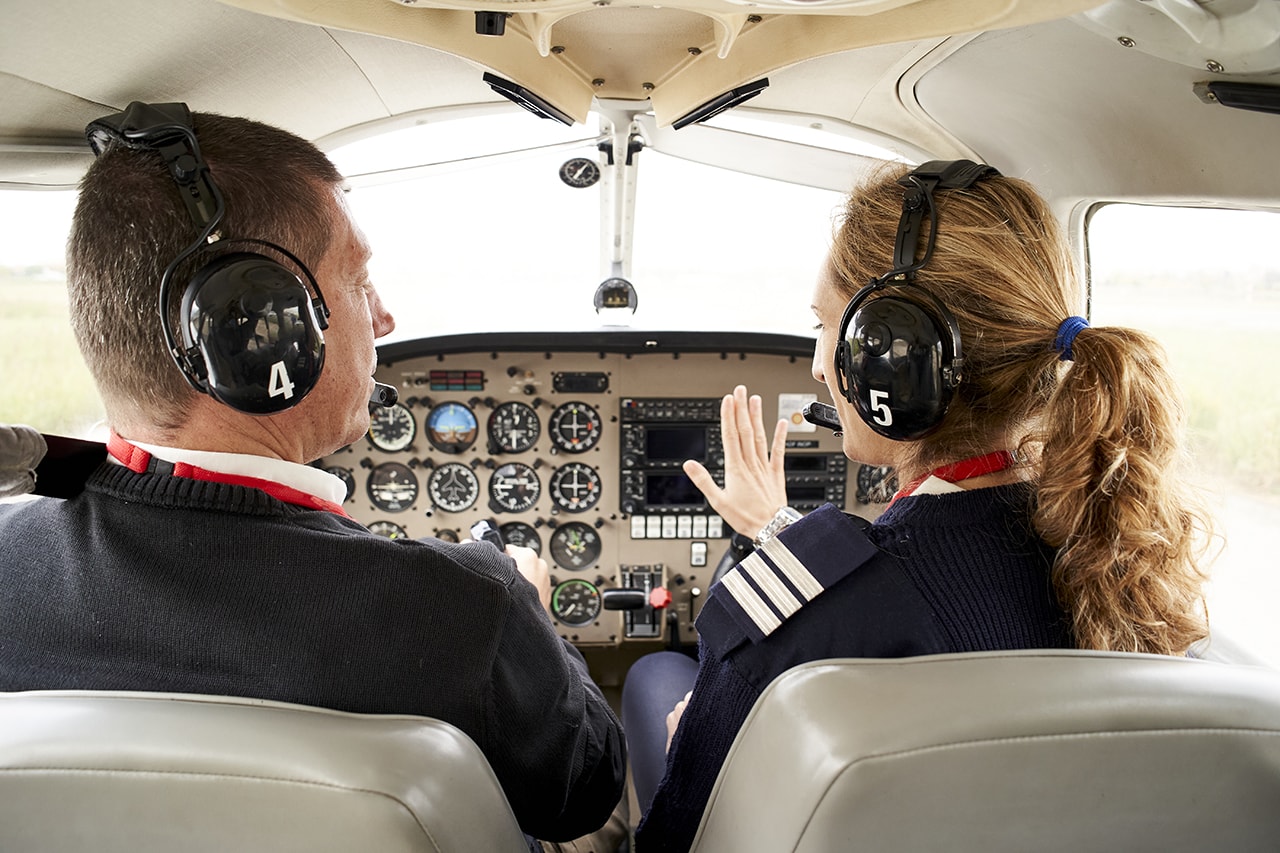
Additional Expenses
Ground Schools, Materials, and Equipment
Flight training is more than just flying lessons, it’s also theory and that’s where ground schools come in. These schools teach the principles of flight, navigation and aviation rules.
Students can do online or in-person classes depending on their learning style and schedule. In addition to the cost of ground school, students will also need to budget for various books and equipment for their training. Books are the primary source of information on aviation topics.
Also students will need to invest in equipment like headsets and aviation radios which are essential for communication and safety during flights.
These extra costs can add up fast so it’s good for aspiring pilots to factor them into their overall flight training budget. By planning ahead and knowing the costs involved students can avoid financial stress and have all the resources they need for training.
In the end these costs may seem scary at first, but they are part of becoming a good and knowledgeable pilot. Investing in quality education and equipment will not only enhance the learning experience but also contribute to a safer and more confident flying journey.
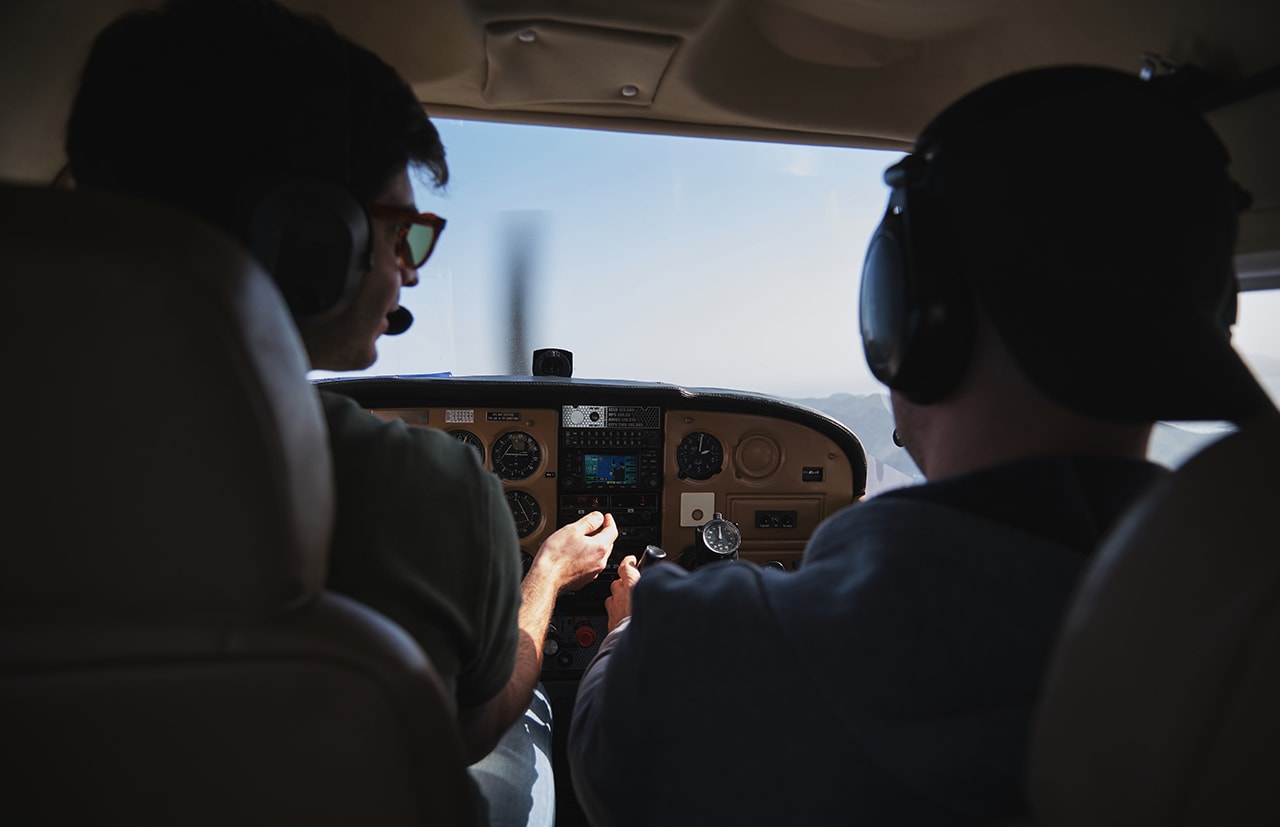
Colorado-Specific Costs
The Cost of Earning a Pilot’s License in Colorado Springs
When getting a pilot’s license in Colorado, costs can vary greatly. This is mainly due to the different flight schools and training programs they offer.
Each school has its own set of fees and requirements so costs can vary.
On average a pilot in Colorado can expect to spend $5,200 to $12,000 for training. This is the basic cost of training but keep in mind individual circumstances can vary.
Understanding the private pilot cost in Colorado is important, as different regions and flight schools may have slightly different pricing structures.
Some schools may offer special rates or packages that affect the total price. Research and compare different flight schools to find one that fits your budget and training needs.
Beyond the cost of flight training, pilots in training should also consider the cost of living in Colorado. This includes everyday expenses like housing, food and utilities which will impact your overall financial situation during your training.
Also, transportation to and from the airport should be factored into your budget as it adds up over time.
By understanding the various factors that contribute to the total cost, such as school fees, living expenses, and transportation, you can make informed decisions and embark on your aviation journey with confidence.
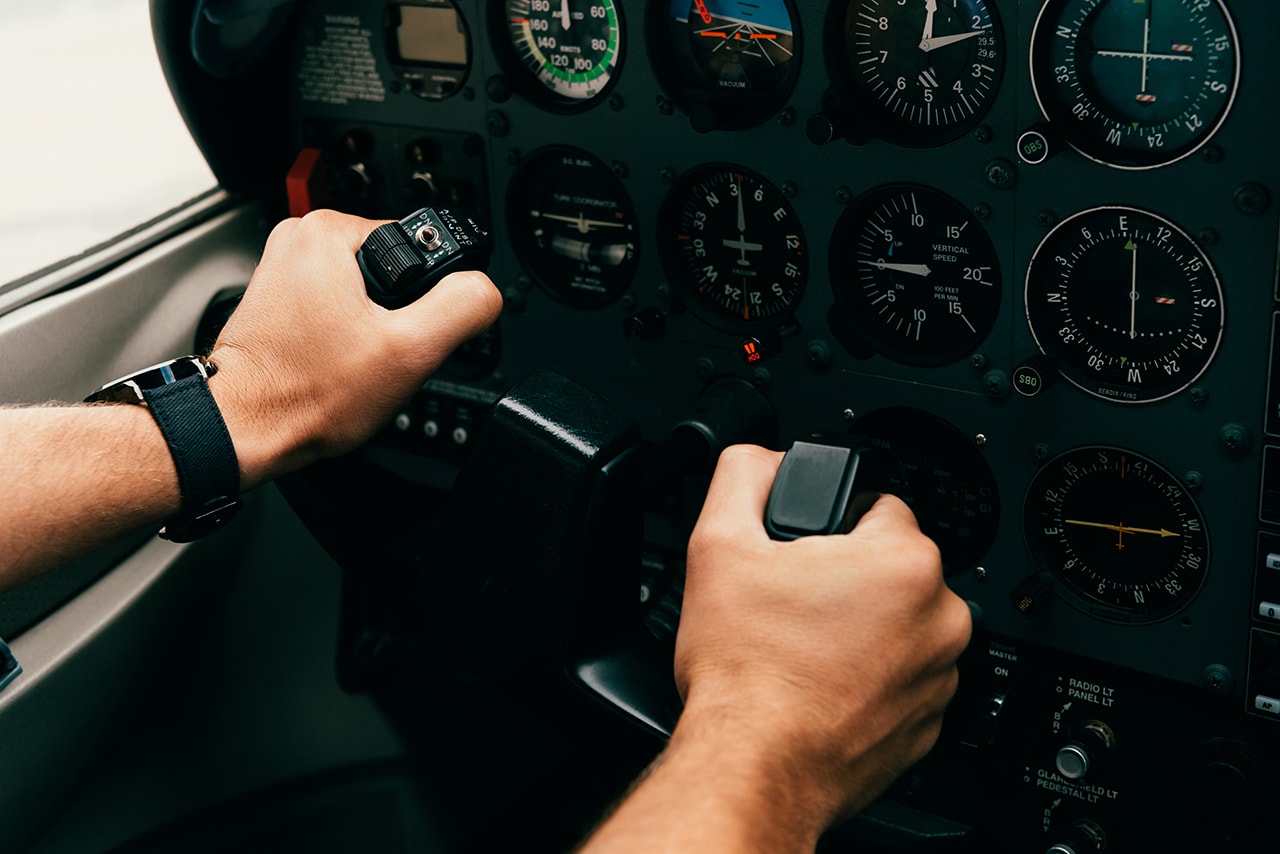
Eligibility and Prerequisites
Age Requirements and Medical Certificate
To get started on your pilot journey there are certain requirements and prerequisites. One of the main requirements set by the FAA is age related.
You must be at least 16 to fly solo. But to get a private certificate, you must be 17. This is so student pilots have reached a level of maturity and responsibility to fly safe.
In addition to the age requirements, prospective pilots also need to undergo a medical examination. This is done by an FAA designated Aviation Medical Examiner (AME) and is required to get a medical certificate.
The medical certificate is proof of the pilot’s physical and mental fitness to fly an aircraft safely. It’s one of the prerequisites, so pilots are healthy and can handle the demands of flying.
As part of the medical exam process, you will need to present a government-issued picture ID (such as a driver’s license or passport) to verify your identity.
If you are not a U.S. citizen, you may also need to provide a naturalization certificate or another form of legal residency documentation. This ensures that your personal information is verified correctly.
When planning for flight training, factor in the cost of the medical examination. This includes not only the examination fee but also any additional medical requirements that may pop up during the process.
Budget for these costs and you’ll have a smooth ride to getting your private pilot certificate. Knowing these costs upfront will help you plan better and avoid any financial surprises.
Overall, meeting the requirements for flight training is a combination of age and medical fitness.
By meeting these requirements you’ve set yourself up for success. With the right preparation and planning you can navigate these first steps with ease and get closer to becoming a pilot.
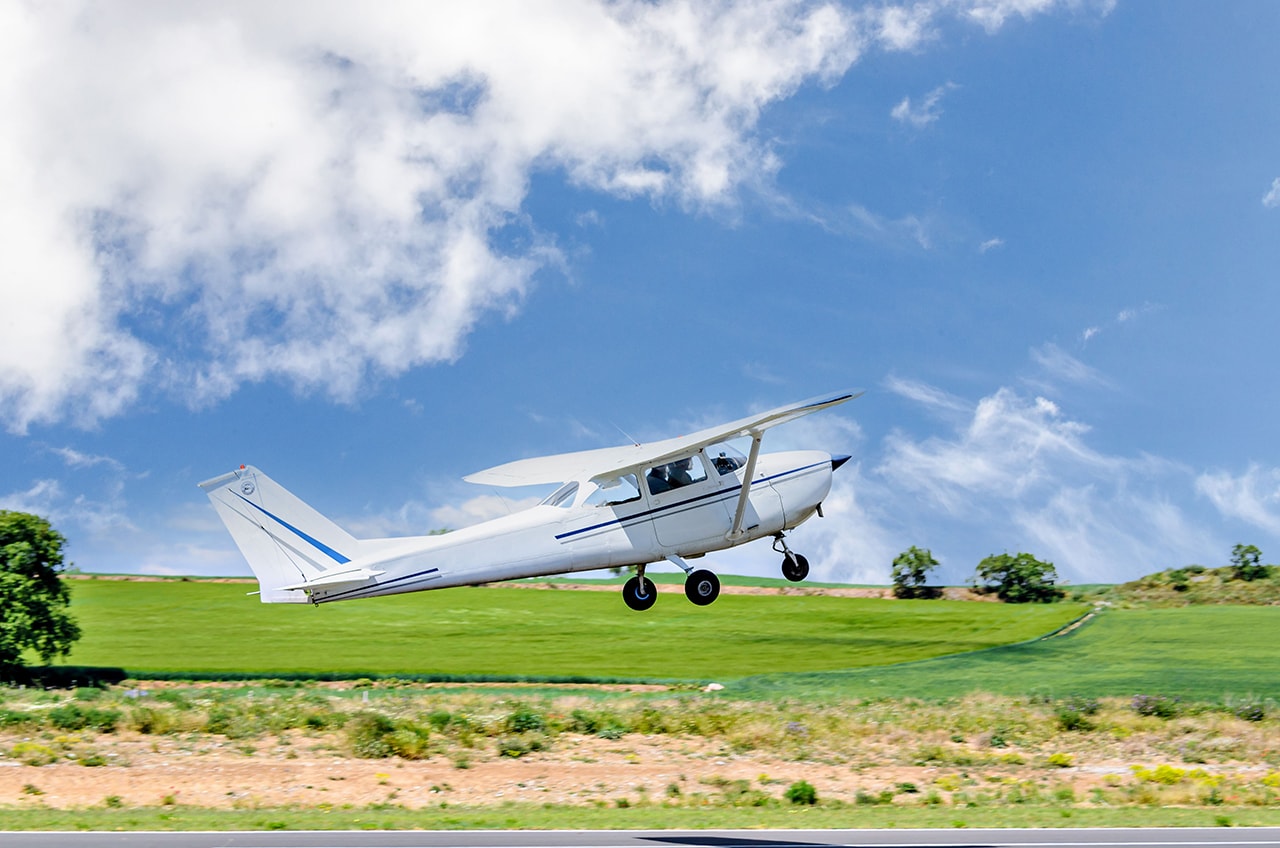
Flight Training Time and Commitment
How Long Will This Take?
Flight training requires dedication and careful planning. How quickly you complete your training depends on how often you can schedule lessons. A more intensive schedule will help you reach your goal of becoming a pilot faster.
An average lesson typically lasts about 90 minutes. To meet the average 55 hours of flight hours, you'll need around 37 lessons. The more lessons you can fit into your schedule, the sooner you'll earn your pilot's certificate.
It's not just about clocking hours; each lesson builds on the previous lesson. Consistency is crucial to reinforce your skills and knowledge. The commitment includes lesson time and additional study and preparation.
Plan your training to fit your lifestyle and commitments. By understanding the time needed and organizing your lessons well, you can steadily progress toward your dream of becoming a pilot.
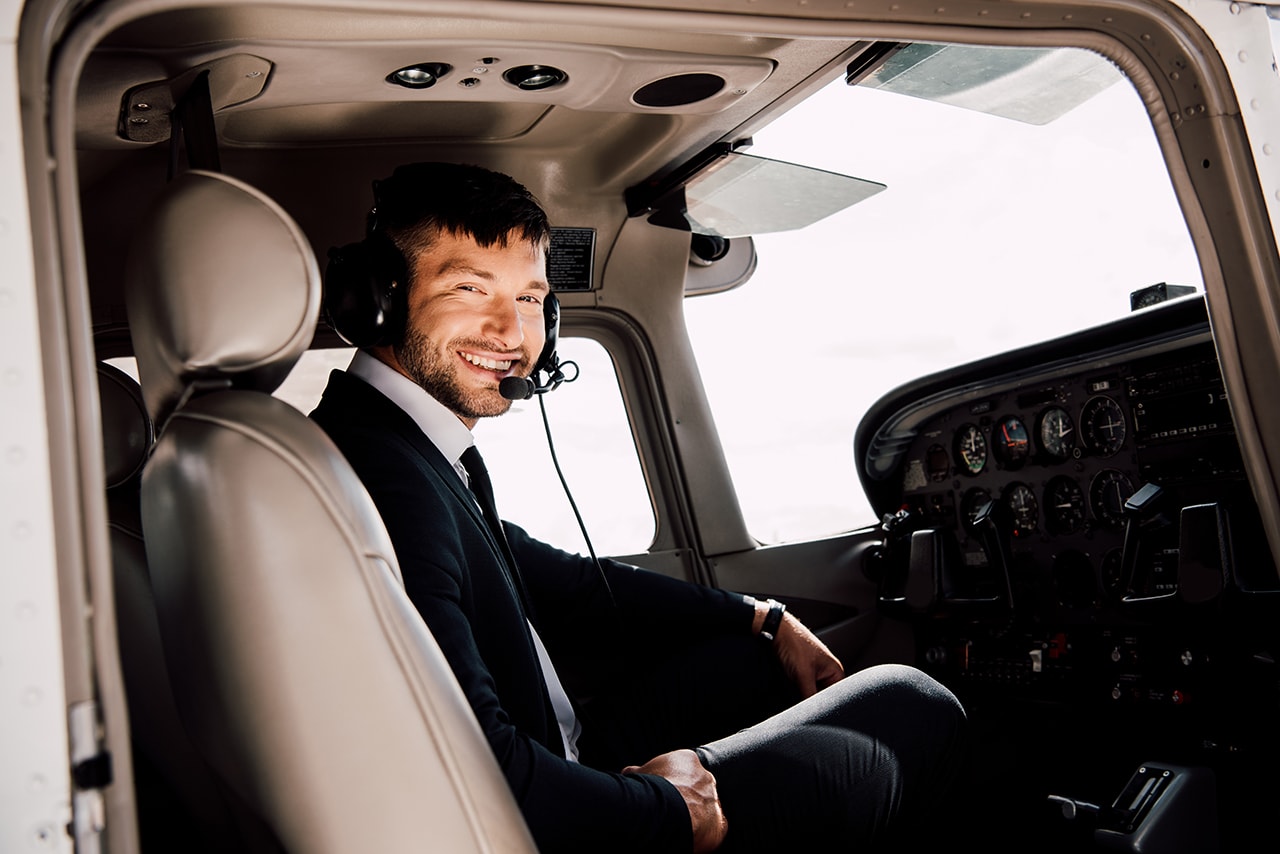
Financing Options and ROI
Financing Costs and Return on Investment
Financing flight training can be made easier with loans and scholarships so you can manage your costs better. These financial aids allow you to train without the stress of full payment upfront.
But you have to consider the return on investment (ROI) when you opt for financial assistance. The aviation industry has great career opportunities but not all paths lead to quick success or high paying jobs.
When looking for financing options, you have to be mindful of borrowing costs. Interest rates and repayment terms can add up to the total cost of flight training, so you have to compare different options to find the best fit for your situation. So, there you go! Finishing financing and knowing your ROI is key to a great aviation journey.
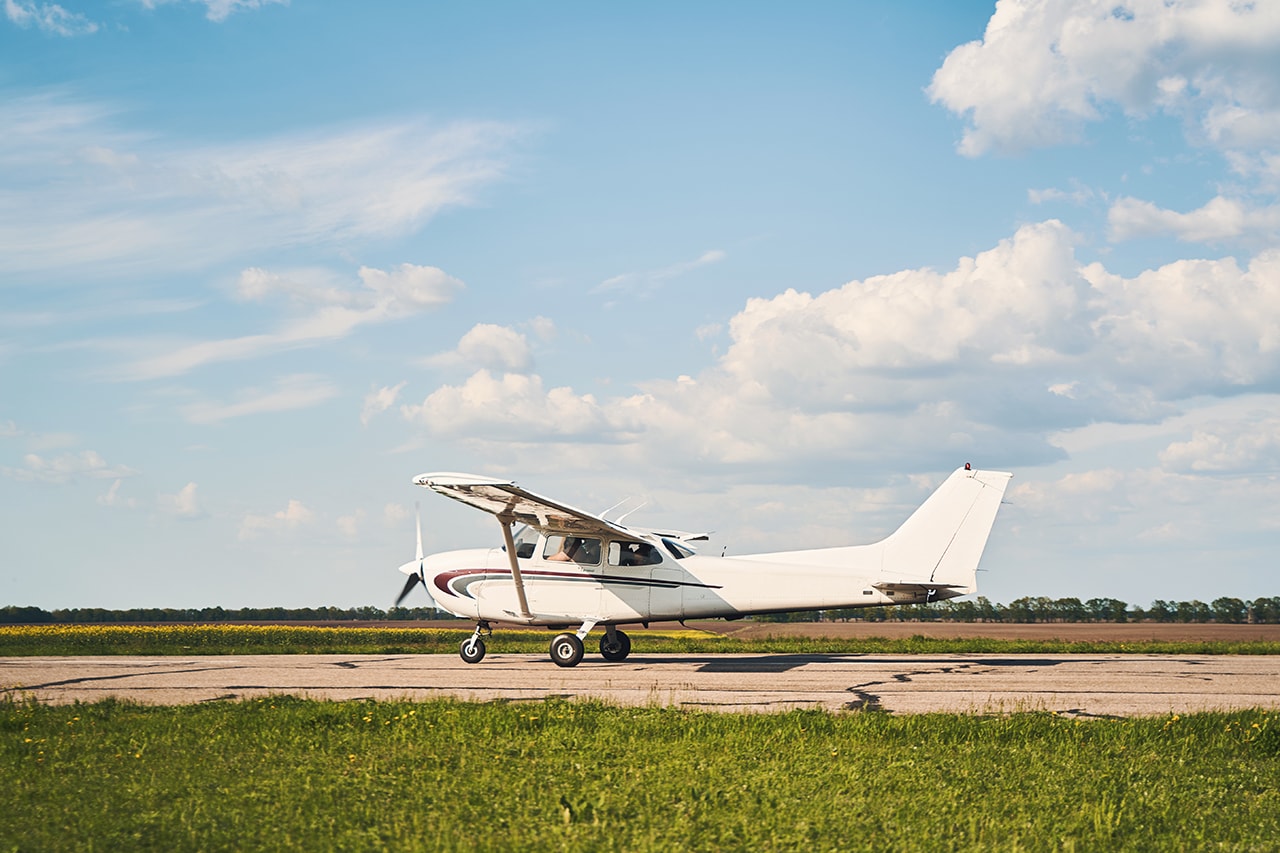
Tips for Reducing Costs
Strategies for Saving Money
-
When choosing a flight school consider the cost of the aircraft and fuel. These can add up fast so choosing a school with competitive rates will help keep your wallet in check.
-
Look for flight schools that offer discounts or promotions. These can save you a lot and make flight training more affordable. Ask about any deals when you research schools.
-
Plan your training schedule to minimize delays and maximize your learning. Consistent lessons help reinforce skills and knowledge and will get you progressing faster and cheaper overall.
So, choose wisely, take the deals and plan your training and you’ll be flying without the financial stress.
Conclusion
Is Flight Training Worth the Cost?
Flight training is expensive but worth it. The skills and experiences you gain can open up doors in aviation. Learning to fly can be a rewarding and worth it if you love aviation.
When deciding on flight training you need to weigh the costs against the benefits. A private pilot’s license can lead to career and personal achievements. Consider the cost of training and the return on investment.
With hard work and the right training, you can get a private pilot’s license if you are willing to put in the time and money. The right training and support can make flying accessible and achievable.
In the end flight training is valuable and worth it. If you love aviation the investment is worth the opportunities and personal gain.
